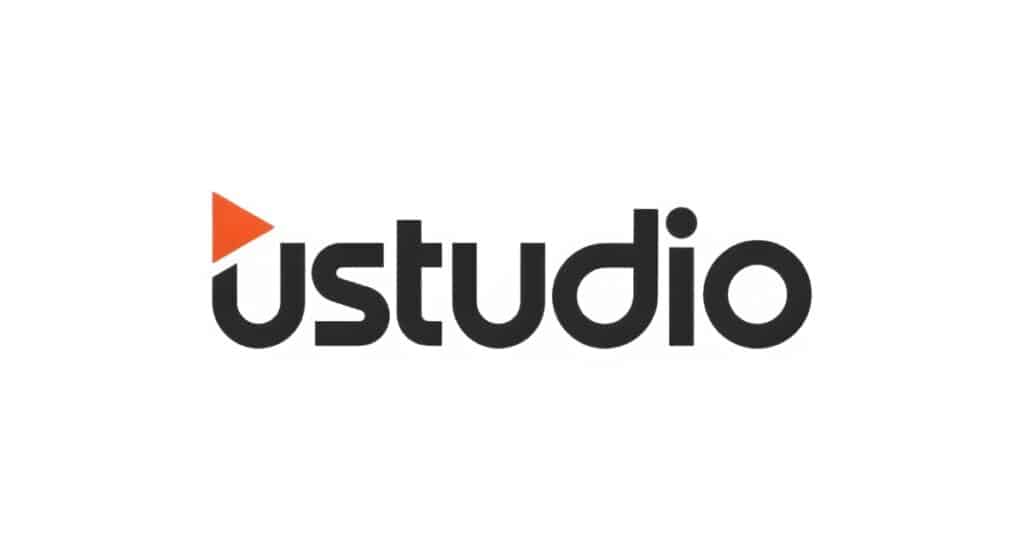In today’s fast-paced work environment, the traditional reliance on numbers and metrics can stifle creativity and collaboration. Enter the concept of team disquantified a transformative approach that emphasizes the qualitative aspects of teamwork.
This article dives deep into what disquantification means, why it matters, and how teams can benefit from this shift.
Understanding Disquantification
Definition of Disquantification
Disquantification refers to the process of moving away from rigid numerical metrics and instead focusing on qualitative factors that drive team performance. It emphasizes human elements such as collaboration, creativity, and employee satisfaction, which are often overlooked by traditional metrics.
Historical Context
Historically, organizations relied heavily on numbers to evaluate performance. Key performance indicators (KPIs) became the gold standard for measuring success. However, this focus on quantitative data often led to a narrow view of what makes teams effective.
Now, many organizations are recognizing the limitations of this approach and exploring disquantification as a more holistic alternative.
Why Traditional Metrics Fall Short
Limitations of Numbers
While metrics can provide valuable insights, they often fail to capture the full picture. Here are some key limitations:
- Oversimplification: Numbers can reduce complex team dynamics into simplistic scores.
- Short-Term Focus: Metrics often emphasize immediate results over long-term growth and collaboration.
- Misleading Indicators: A high output number might mask underlying issues like burnout or disengagement.
Impact on Morale and Creativity
An overemphasis on quantitative metrics can dampen team morale. When employees feel like they’re just numbers, it can lead to disengagement and a lack of innovation. A study by Gallup found that only 34% of employees feel engaged at work, highlighting the urgent need for a change in how we evaluate success.
Benefits of a Disquantified Team
Enhanced Collaboration
Teams that embrace disquantification often see improved collaboration. By focusing on interpersonal relationships and communication, team members can build stronger connections and work more effectively together.
Greater Employee Satisfaction
Disquantified teams tend to report higher levels of job satisfaction. When employees feel valued beyond just their output, it fosters a sense of belonging and purpose. According to a survey by SHRM, organizations with high employee satisfaction experience 21% higher profitability.
Increased Adaptability
In a rapidly changing environment, adaptability is crucial. Disquantified teams can pivot more effectively because they prioritize open communication and trust. This flexibility allows them to respond to challenges and opportunities with agility.
See Also: Unveiling Consultant WIUFAMCTA JIVBCQU: A New Era in Business Consulting
Building a Disquantified Team
Key Principles to Follow
Creating a disquantified team starts with embracing specific principles:
- Focus on Relationships: Prioritize building strong interpersonal connections.
- Encourage Open Communication: Create a culture where team members feel safe sharing ideas and feedback.
- Value Creativity: Celebrate innovative thinking and creative problem-solving.
Strategies for Implementation
Transitioning to a disquantified model requires thoughtful strategies:
- Conduct Workshops: Facilitate workshops to educate team members about the principles of disquantification.
- Set Qualitative Goals: Instead of numeric targets, set goals focused on team dynamics and collaboration.
- Gather Feedback Regularly: Use surveys or one-on-one meetings to collect qualitative feedback and adjust strategies accordingly.
Fostering a Culture of Trust
Trust is vital for a disquantified team. Here’s how to cultivate it:
- Be Transparent: Share company goals and decisions openly with the team.
- Empower Team Members: Allow employees to take ownership of their work and make decisions collaboratively.
Challenges of a Disquantified Team
Resistance to Change
Shifting to a disquantified model might face resistance, especially from those accustomed to traditional metrics. To combat this, leaders should communicate the benefits clearly and involve team members in the transition process.
Measuring Success
Without quantitative metrics, measuring success can be challenging. Here are some alternative approaches:
- Qualitative Assessments: Use peer reviews and self-assessments to gauge team dynamics.
- Employee Satisfaction Surveys: Regularly assess team morale and engagement levels.
Balancing Qualitative and Quantitative Insights
While disquantification focuses on qualitative measures, it’s essential to strike a balance. Integrating some quantitative insights can provide a fuller picture of team health.
Real-Life Examples of Disquantified Teams
Case Studies
- Zappos: This online retailer eliminated traditional performance reviews in favor of a peer-based feedback system. Employees rate each other on collaboration and cultural fit, leading to a more engaged workforce.
- Buffer: This social media management platform emphasizes transparency and employee happiness. They use employee surveys to assess satisfaction and make adjustments based on feedback.
Lessons Learned
These organizations highlight the importance of prioritizing team dynamics over rigid metrics. By focusing on qualitative aspects, they’ve fostered innovative and adaptable teams.
See Also: Download UStudioBytes – How to Download & Get Started
The Future of Disquantified Teams
Trends and Predictions
As organizations increasingly prioritize employee well-being, the trend toward disquantification will likely grow. Future workplaces may see:
- Expanded Focus on Mental Health: More organizations will recognize the importance of mental well-being in team performance.
- Flexible Work Environments: A shift toward remote and hybrid models will necessitate a focus on trust and collaboration.
Potential Impact on Workplace Culture
The rise of disquantified teams could lead to a fundamental shift in workplace culture. Companies that prioritize human elements will likely attract and retain top talent, fostering a more innovative and engaged workforce.
Tips for Leaders Transitioning to a Disquantified Model
Practical Advice
Leaders looking to transition should consider the following:
- Model the Behavior: Demonstrate the values of disquantification through your actions.
- Encourage Experimentation: Allow teams to try new approaches without fear of failure.
- Celebrate Progress: Recognize and reward improvements in team dynamics and collaboration.
Encouraging Feedback and Iteration
Creating a feedback-rich environment is crucial. Leaders should:
- Implement Regular Check-Ins: Schedule frequent one-on-one meetings to discuss team dynamics.
- Adapt Based on Feedback: Be open to adjusting strategies based on team input.
Conclusion
The concept of team disquantified offers a refreshing perspective on how we evaluate and foster teamwork. By moving beyond rigid metrics and emphasizing qualitative factors, organizations can enhance collaboration, satisfaction, and adaptability. As we look to the future, embracing disquantification may be key to building resilient and innovative teams that thrive in an ever-evolving work landscape.
References
- Gallup. (2022). Employee Engagement.
- SHRM. (2021). The Impact of Employee Satisfaction on Profitability.
- Zappos. Company Culture and Values.
- Buffer. Transparency and Employee Happiness.
By adopting a disquantified approach, organizations can create a more vibrant and effective workplace. It’s time to embrace the human side of teamwork!
Read More Knowledgeable Blogs on Measure Take.



